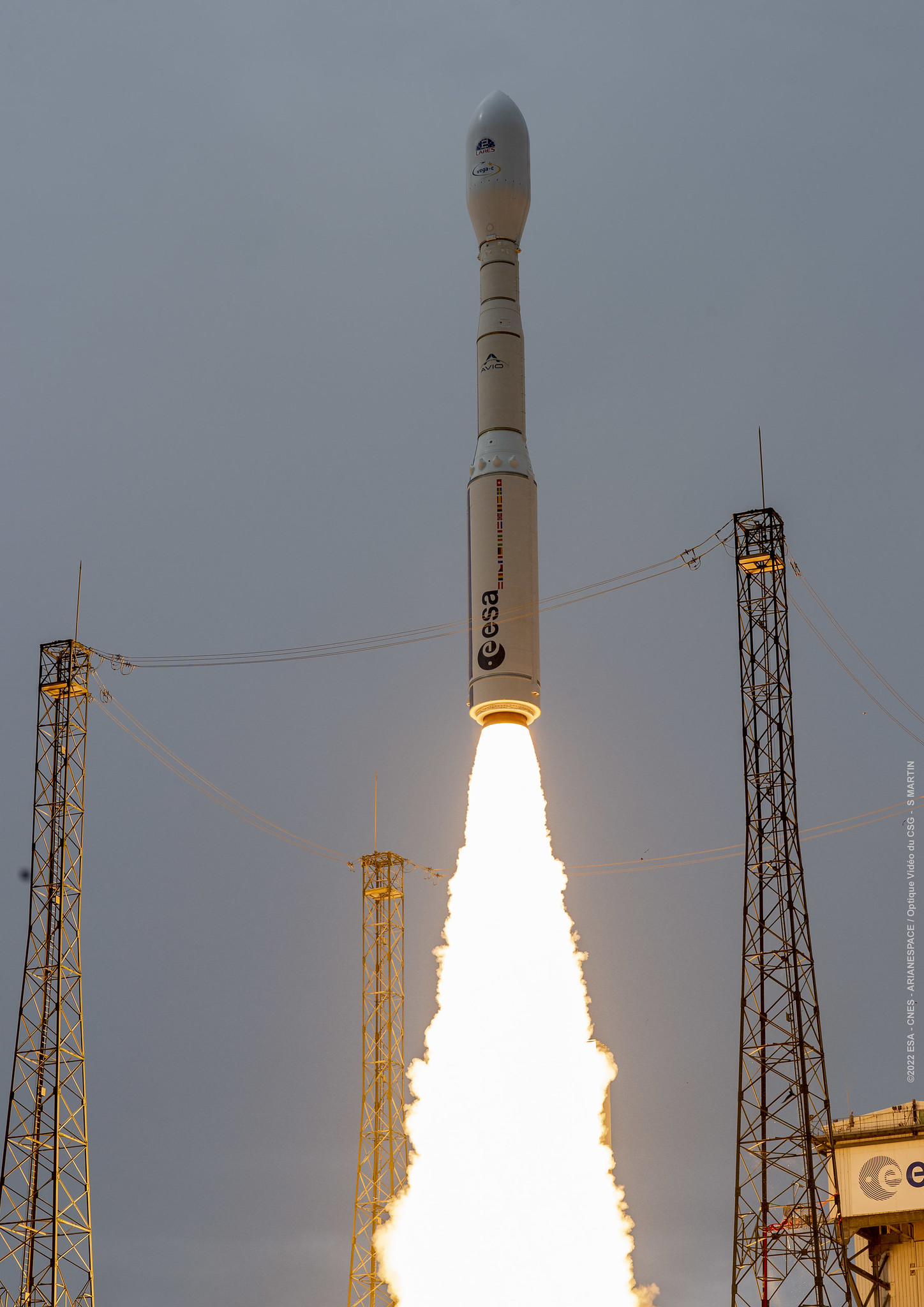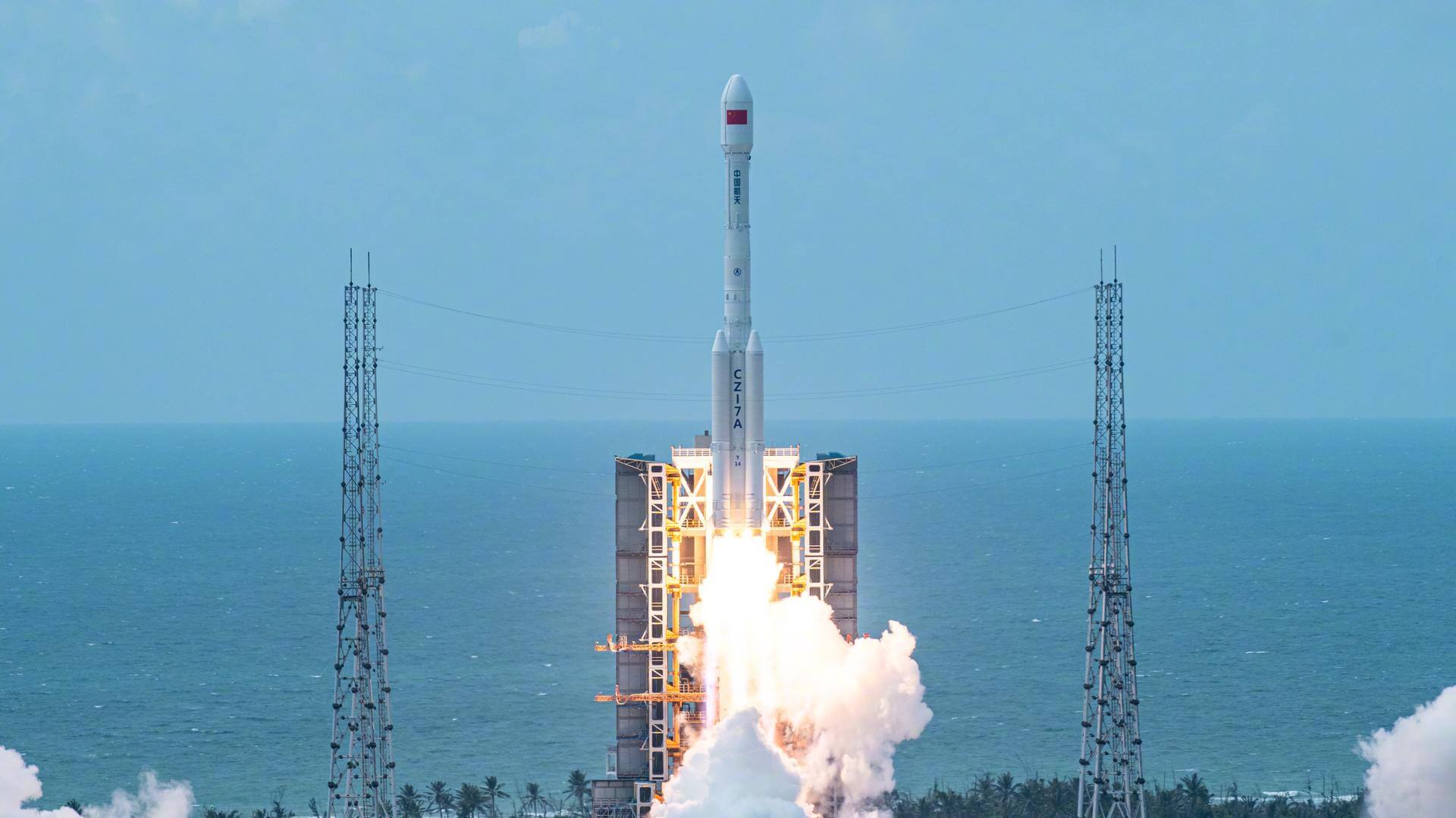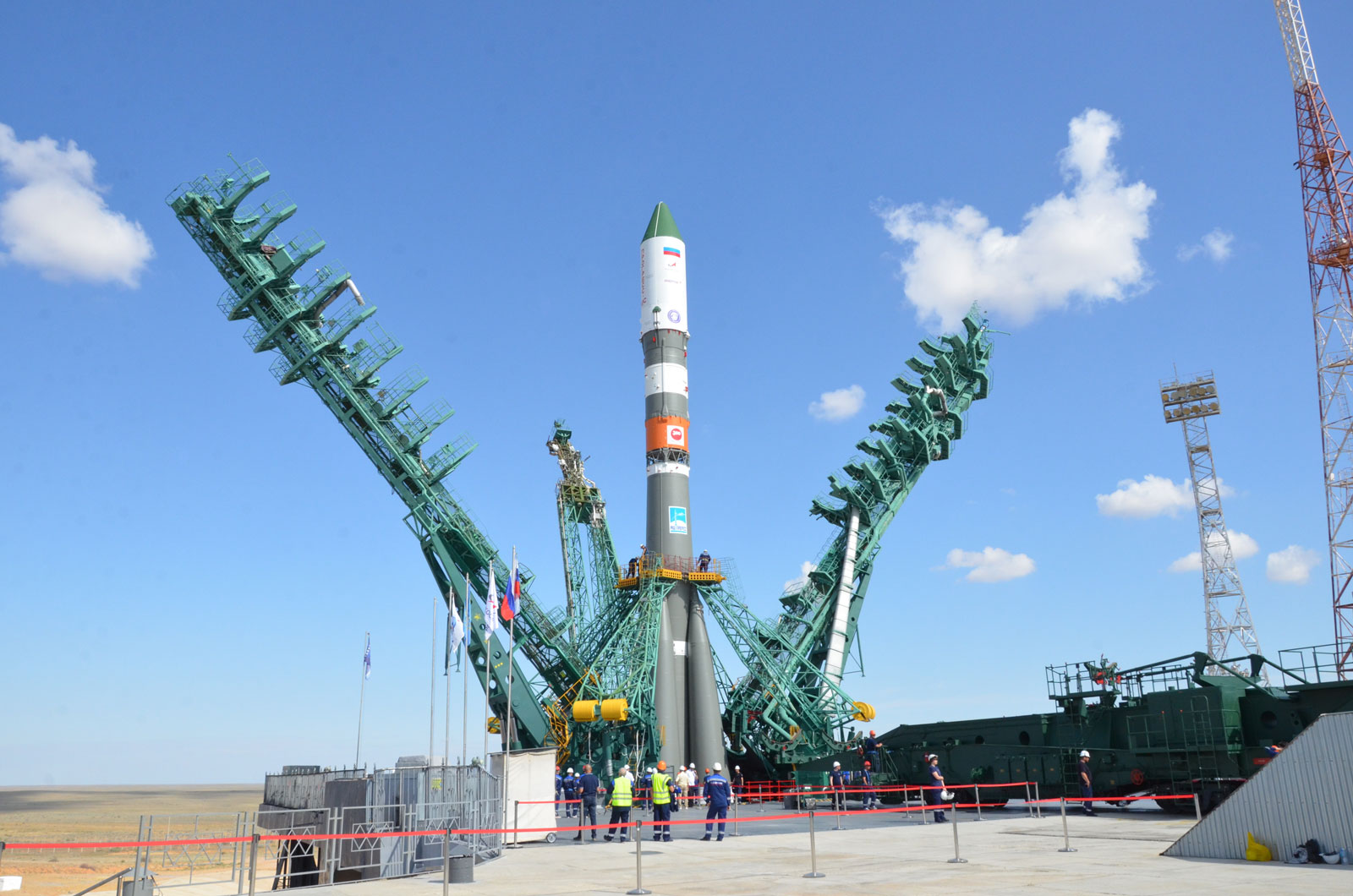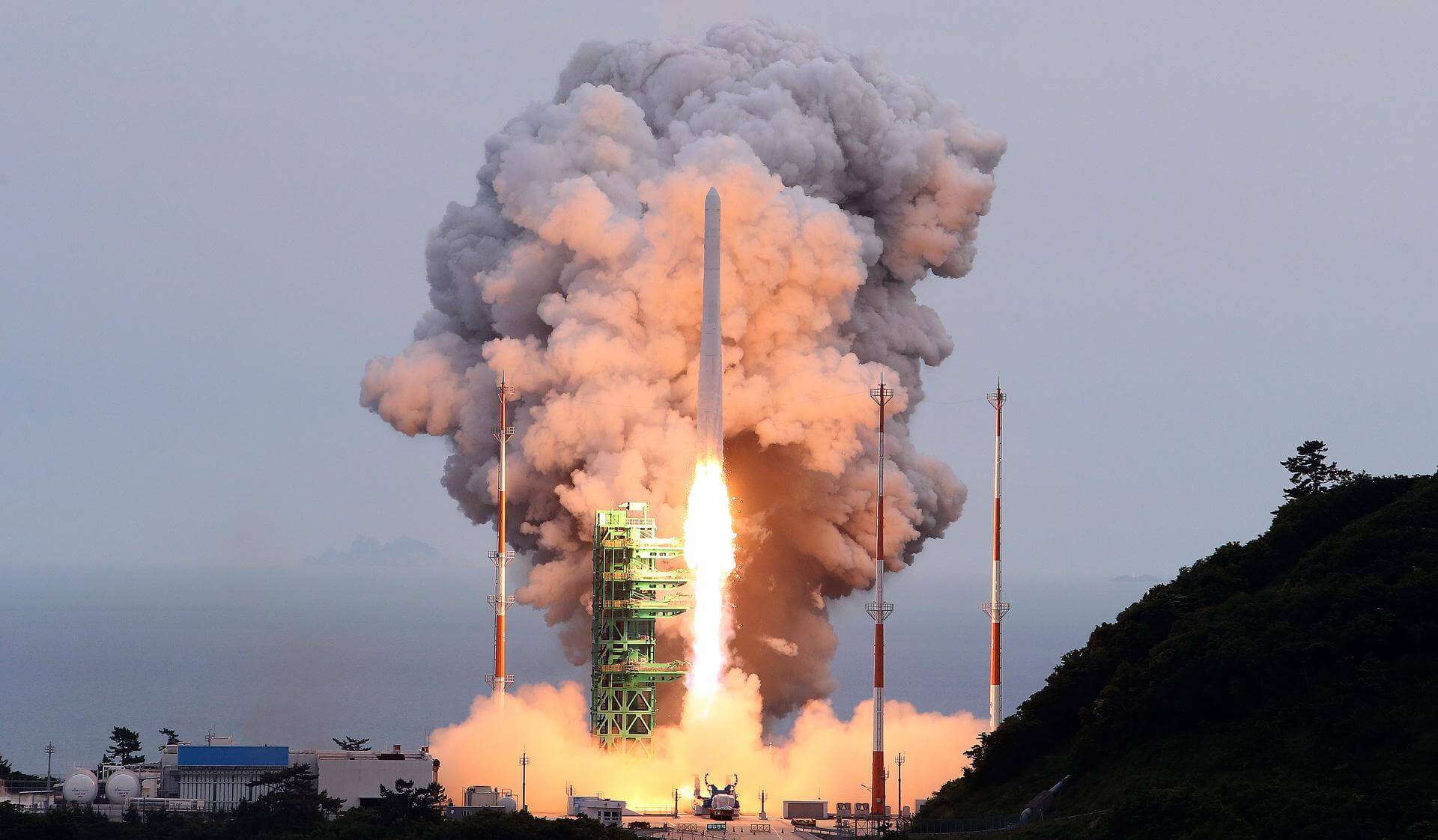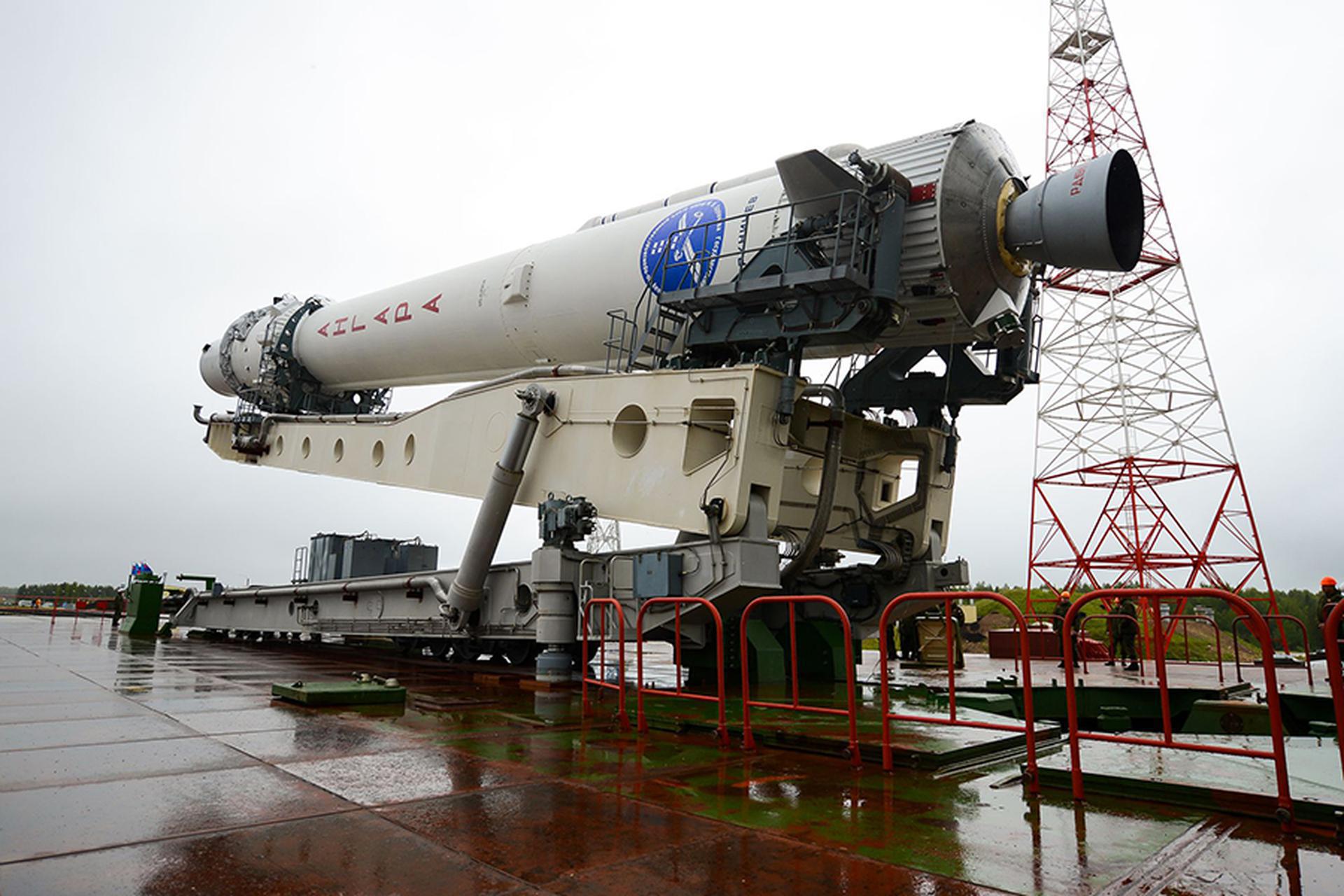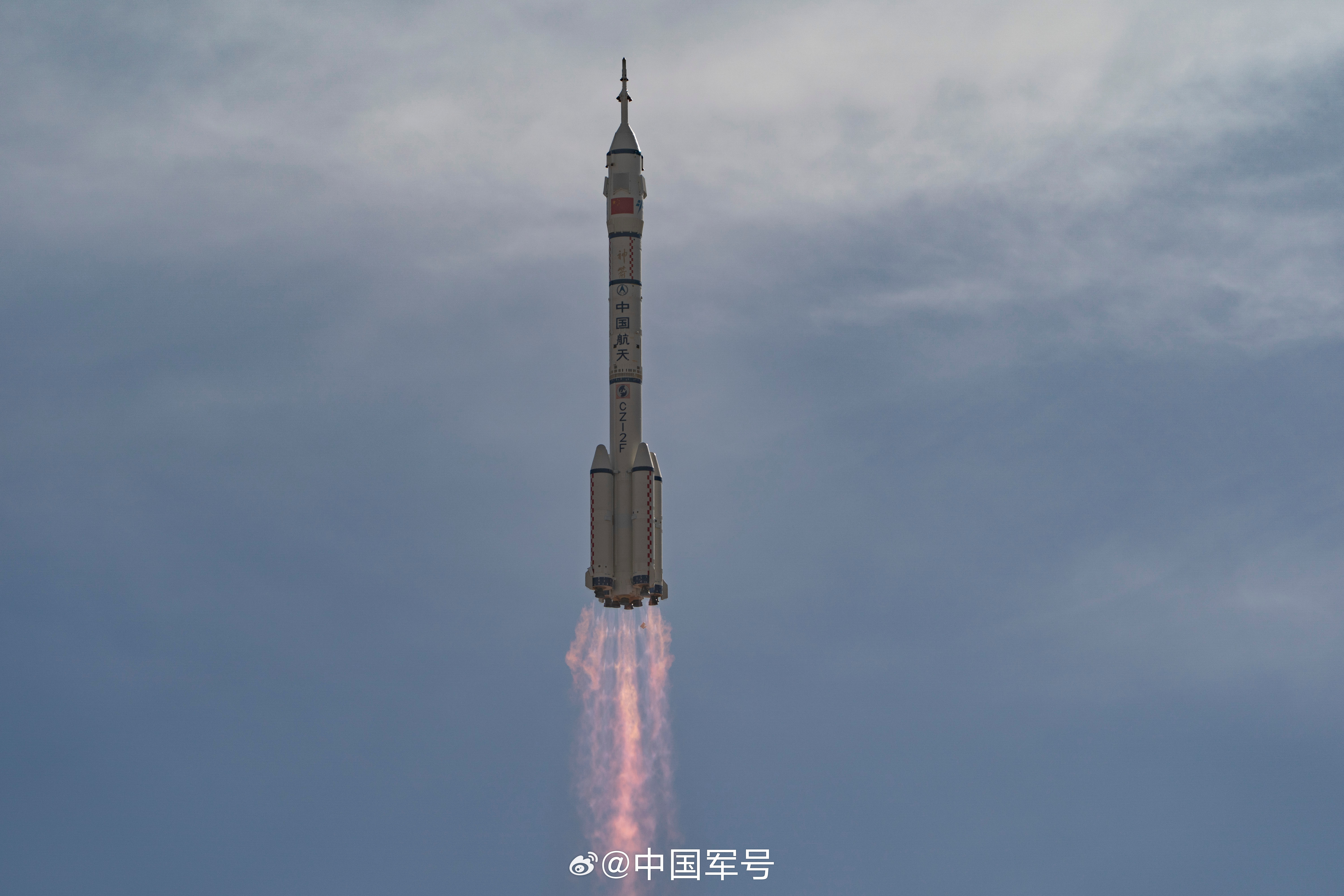Previous Spaceflight Launches
Filter by Agency, Locations or Vehicles
Show All LaunchesFalcon 9 Block 5 | Starlink Group 6-95
SpaceX | United States of AmericaCape Canaveral SFS, FL, USA
Dec. 2, 2025, 10:18 p.m.
Falcon 9 Block 5 | Starlink Group 15-10
SpaceX | United States of AmericaVandenberg SFB, CA, USA
Dec. 2, 2025, 5:28 a.m.
Vega-C | KOMPSAT-7
Avio S.p.A | ItalyGuiana Space Centre, French Guiana
Dec. 1, 2025, 5:21 p.m.
Falcon 9 Block 5 | Starlink Group 6-86
SpaceX | United States of AmericaKennedy Space Center, FL, USA
Dec. 1, 2025, 7:44 a.m.
Long March 7A | Shijian 28
China Aerospace Science and Technology Corporation | ChinaWenchang Space Launch Site, People's Republic of China
Nov. 30, 2025, 12:20 p.m.
Falcon 9 Block 5 | Transporter 15 (Dedicated SSO Rideshare)
SpaceX | United States of AmericaVandenberg SFB, CA, USA
Nov. 28, 2025, 6:44 p.m.
Soyuz 2.1a | Soyuz MS-28
Progress Rocket Space Center | RussiaBaikonur Cosmodrome, Republic of Kazakhstan
Nov. 27, 2025, 9:27 a.m.
Status: Launch Successful
Mission:
Soyuz MS-28 will carry three cosmonauts and one astronaut to the International Space Station aboard the Soyuz spacecraft from the Baikonur Cosmodrome in Kazakhstan. The crew consists of Roscosmos cosmonauts Sergei Kud-Sverchkov, Sergei Mikayev and Oleg Platonov.
Low Earth OrbitNuri | CAS500-3
Korea Aerospace Research Institute | South KoreaNaro Space Center, South Korea
Nov. 26, 2025, 4:13 p.m.
Angara 1.2 | 3 x Rodnik (Kosmos 2597, 2598, 2599)
Khrunichev State Research and Production Space Center | RussiaPlesetsk Cosmodrome, Russian Federation
Nov. 25, 2025, 1:42 p.m.
Status: Launch Successful
Mission:
Note: Payload identity and Cosmos series numbering not confirmed. The Strela (Russian: Стрела) are Soviet, then Russian, military space telecommunication satellites, in use since 1964. These satellites operate as mailboxes ("store-and-forward"): they remember the received messages and then resend them after the scheduled time, or by a command from the Earth. They can serve for up to five years. The satellites are used for transmission of encrypted messages and images. The operational constellation consists of 12 satellites in two orbital planes, spaced 90° apart. The spacecraft had a cylindrical body with a gravity-gradient boom, which was extended on-orbit to provide passive attitude stabilization. On-board storage was 12 Mbits of data, with a transmission rate of 2.4 kbit/s. The first three satellites were launched in 1964 by a Cosmos launcher. After one year of service, new and improved satellites were launched, called Strela-2. In 1970, these satellites were modernized, and became the Strela-1M and Strela-2M satellites. From 1985, these satellites will be gradually replaced by Strela-3, and then by Strela-3M from 2005. A civilian version of these satellites was created, called Goniets. Initially they were launched in groups of six on Tsyklon; when the launcher was retired, they were only launched by two on Cosmos, before Rokot was put into service and allowed the sending of triplets of Strela satellites.
Low Earth OrbitLong March 2F/G | Shenzhou 22
China Aerospace Science and Technology Corporation | ChinaJiuquan Satellite Launch Center, People's Republic of China
Nov. 25, 2025, 4:11 a.m.
Status: Launch Successful
Mission:
Shenzhou 22 (Chinese: 神舟二十二号) will be the 22nd flight of the Shenzhou program. The spacecraft will be launched without crew to replace Shenzhou 20 that was damaged by orbital debris on the descent module porthole window, and thus deemed unsuitable for crew re-entry. The spacecraft will later return three Chinese astronauts on the 10th flight to the Chinese Space Station back to Earth, after launching on Shenzhou 21.
Low Earth Orbit
